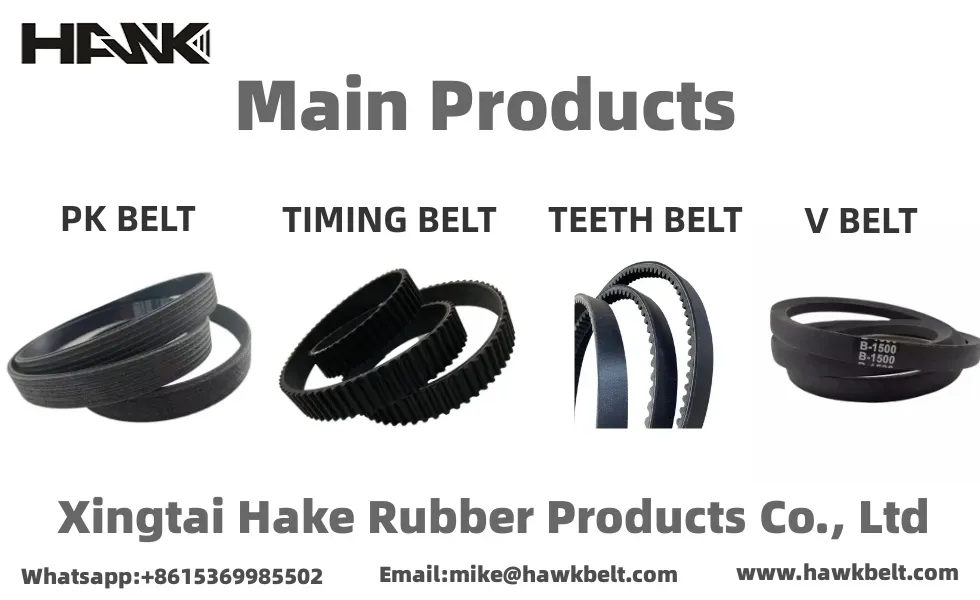- Arabic
- French
- Russian
- Spanish
- Portuguese
- Turkish
- Armenian
- English
- Albanian
- Amharic
- Azerbaijani
- Basque
- Belarusian
- Bengali
- Bosnian
- Bulgarian
- Catalan
- Cebuano
- Corsican
- Croatian
- Czech
- Danish
- Dutch
- Afrikaans
- Esperanto
- Estonian
- Finnish
- Frisian
- Galician
- Georgian
- German
- Greek
- Gujarati
- Haitian Creole
- hausa
- hawaiian
- Hebrew
- Hindi
- Miao
- Hungarian
- Icelandic
- igbo
- Indonesian
- irish
- Italian
- Japanese
- Javanese
- Kannada
- kazakh
- Khmer
- Rwandese
- Korean
- Kurdish
- Kyrgyz
- Lao
- Latin
- Latvian
- Lithuanian
- Luxembourgish
- Macedonian
- Malgashi
- Malay
- Malayalam
- Maltese
- Maori
- Marathi
- Mongolian
- Myanmar
- Nepali
- Norwegian
- Norwegian
- Occitan
- Pashto
- Persian
- Polish
- Punjabi
- Romanian
- Samoan
- Scottish Gaelic
- Serbian
- Sesotho
- Shona
- Sindhi
- Sinhala
- Slovak
- Slovenian
- Somali
- Sundanese
- Swahili
- Swedish
- Tagalog
- Tajik
- Tamil
- Tatar
- Telugu
- Thai
- Turkmen
- Ukrainian
- Urdu
- Uighur
- Uzbek
- Vietnamese
- Welsh
- Bantu
- Yiddish
- Yoruba
- Zulu
നവം . 10, 2024 22:09 Back to list
Understanding the Benefits and Applications of Tooth Belts in Mechanical Systems
Understanding Tooth Belts A Key Component in Mechanical Systems
Tooth belts, commonly known as timing belts, are an essential component in various mechanical systems, playing a crucial role in the transmission of power and motion in engines, machinery, and automotive systems. Their unique design and functionality make them indispensable in both industrial applications and everyday uses.
What is a Tooth Belt?
A tooth belt is made from durable materials, typically rubber, reinforced with nylon or fiberglass. It features a series of evenly spaced teeth along its inner surface which mesh with the teeth of a pulley system. This tooth engagement allows for precise control of motion and synchronization between different components, making tooth belts ideal for applications that require accurate timing and position control.
How Tooth Belts Work
Tooth belts work on the principle of positive engagement. Unlike traditional V-belts, which can slip under load, tooth belts do not experience slippage due to the interlocking of their teeth with the pulleys. This precision ensures that the movement of the driven component is directly proportional to the movement of the driving component. As a result, tooth belts are widely used in applications where timing and synchronization are critical, such as in automotive engines and CNC machines.
Applications of Tooth Belts
1. Automotive Industry One of the most common applications of tooth belts is in automotive engines. They are used to drive components like the camshaft and crankshaft, ensuring that the opening and closing of engine valves are synchronized with the rotation of the crankshaft. This synchronization is vital for engine performance, efficiency, and emissions control.
2. Industrial Machinery In manufacturing, tooth belts are utilized in conveyors, robotic arms, and various automated machinery. Their ability to transmit power efficiently over long distances without slippage makes them ideal for moving heavy loads with precision. For instance, in CNC milling machines, tooth belts ensure accurate positioning of tools, which is essential for high-quality machining.
tooth belt

3. Home Appliances Tooth belts are also found in everyday appliances such as printers and washing machines. In printers, for example, they help drive the print head along its path to ensure precise printing. In washing machines, tooth belts facilitate synchronized movement between the motor and the drum, providing efficient washing cycles.
Advantages of Tooth Belts
Tooth belts offer several advantages over other types of mechanical drive systems
- High Efficiency Due to their positive engagement, tooth belts minimize energy loss, delivering higher efficiency in power transmission. - Low Maintenance They require less maintenance than chains or gears, as they are less susceptible to wear and tear under normal operating conditions. - Noise Reduction Tooth belts operate more quietly than chain systems, making them ideal for applications where noise is a concern. - Lightweight Design They are generally lighter than metal gears or chains, contributing to overall reduced weight in mechanical systems.
Considerations When Using Tooth Belts
While tooth belts offer various benefits, several factors should be taken into account when selecting and using them. These include the load capacity, the operating environment, and the speed at which the system will operate. Additionally, proper installation and alignment are critical to ensuring optimal performance and longevity of tooth belts.
Conclusion
Tooth belts are a vital component in contemporary mechanical systems, bridging the gap between efficiency, precision, and reliability. Their unique design and functionality make them an integral part of various industries, from automotive to manufacturing and even household appliances. As technology advances, the role of tooth belts will continue to evolve, offering innovative solutions across a wide range of applications. Understanding their mechanics not only helps in choosing the right one but also ensures that machines operate to their full potential. Whether in high-speed motors or simple household devices, tooth belts are a testament to engineering ingenuity in the quest for efficiency and precision.
-
Durable Tooth Belts: Precision Power for Poly V Belt Drives
NewsAug.08,2025
-
Reliable Diesel Engine Belts & Tensioners for Optimal Performance
NewsAug.07,2025
-
23100-KVB-901 Drive Belt for Honda VARIO | OEM Performance
NewsAug.06,2025
-
Variable Belt Drive AI Optimized for Efficiency
NewsAug.05,2025
-
High-Quality Tensioner Belt Pulley - Durable & Efficient
NewsAug.03,2025
-
Premium Timing Belt Factory | AI-Optimized Solutions
NewsAug.02,2025

